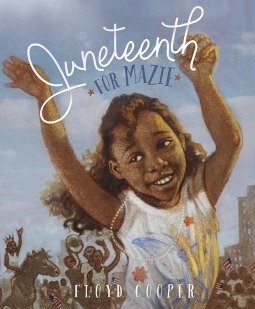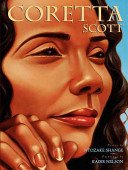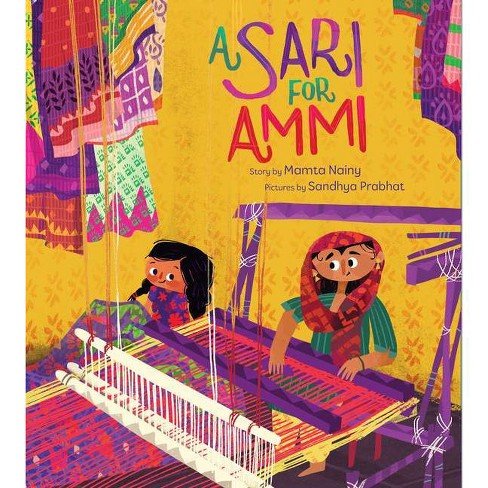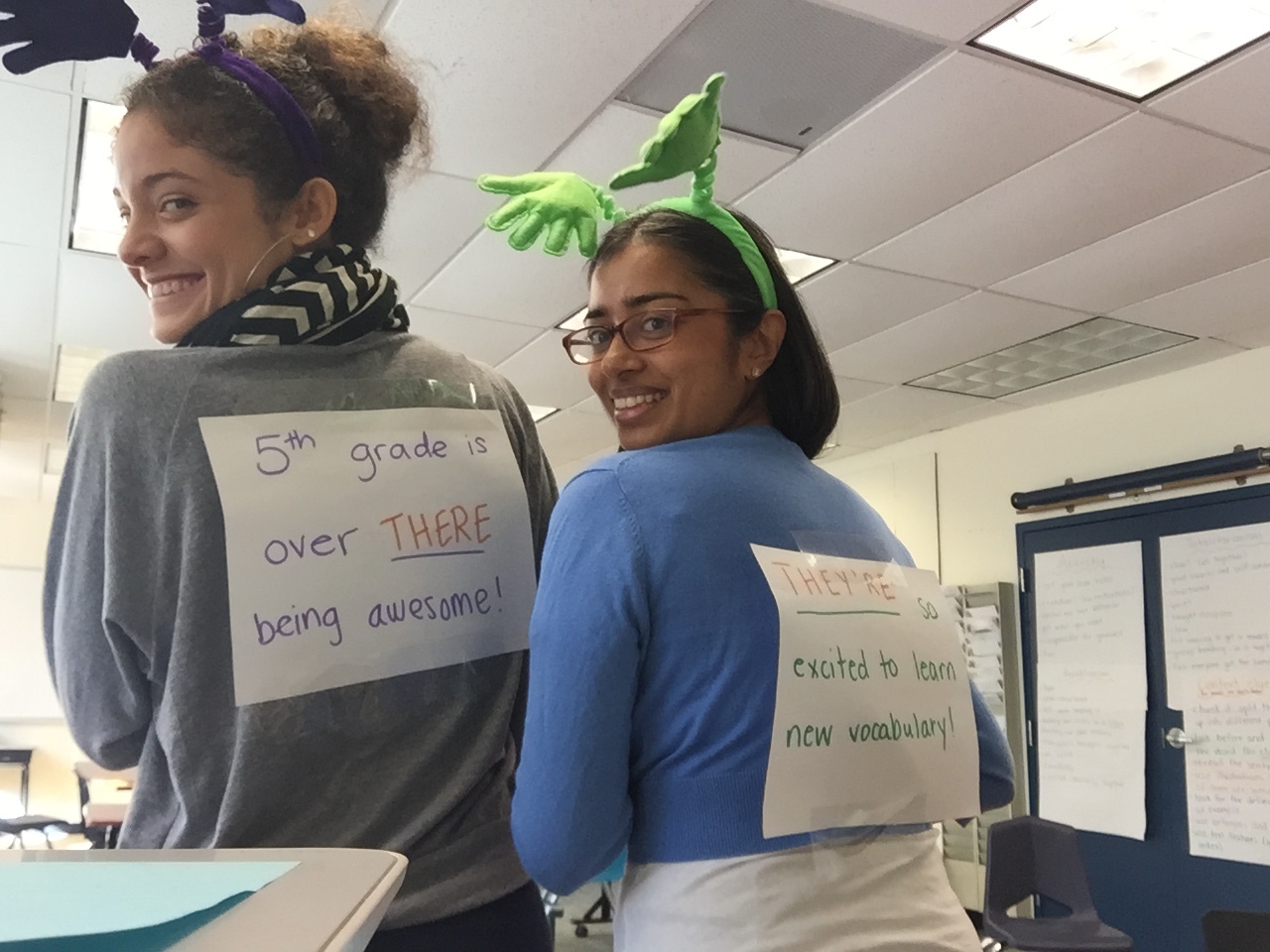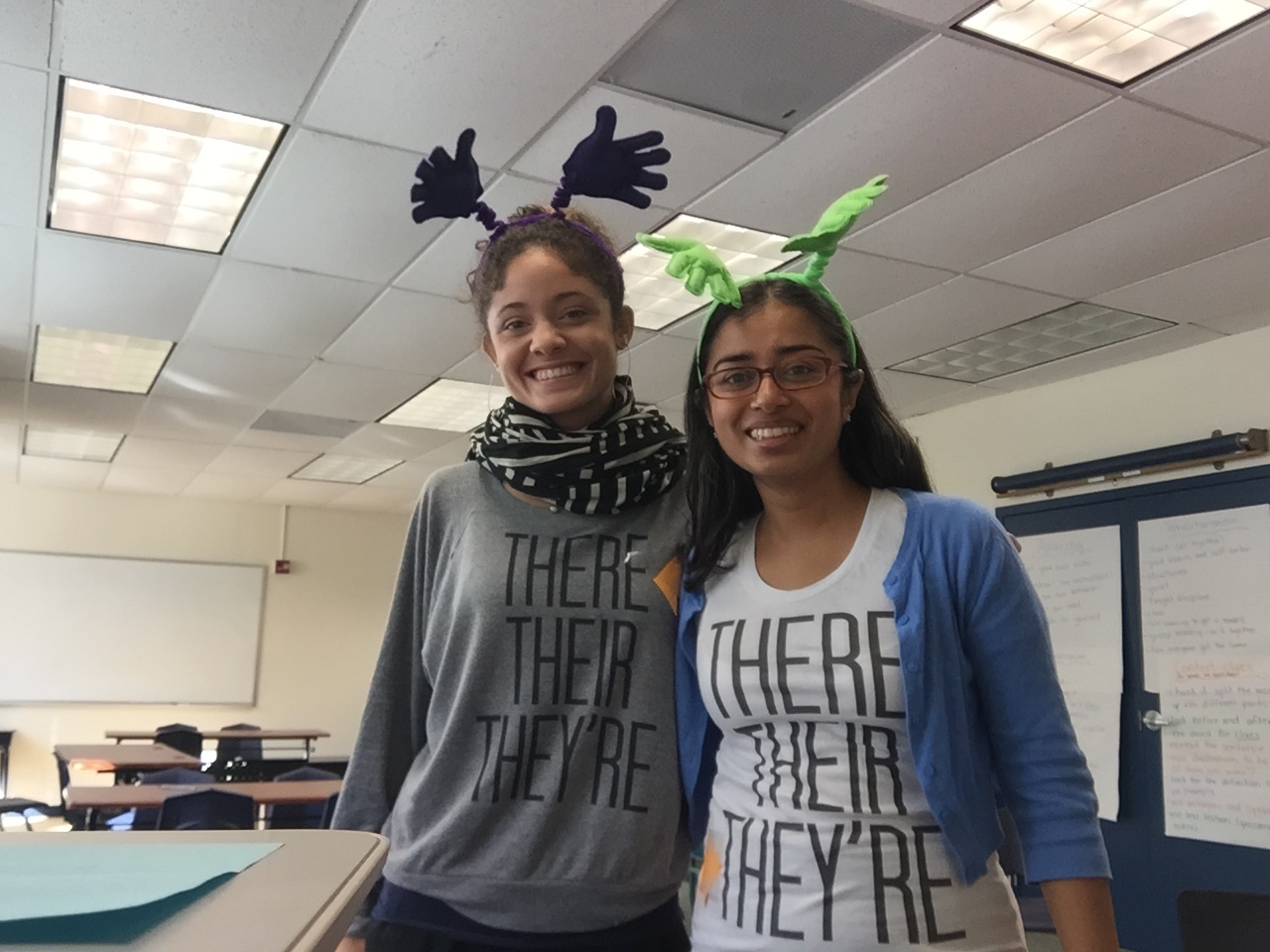Hallo again! (see what we did there? Nina says this wasn’t my finest). Yours truly were there, and they're (their was also a costume but is not pictured). Of course we can all have a reminder about homophones on Halloween!
It was just recently Halloween in 5th grade and we wanted to share one of our favorite parts of prepping for the holiday.
In 5th grade since we are constantly examining systems and institutions, we examine many holidays throughout the year and Halloween is no exception!
Halloween is a jackpot for discussing stereotypes, cultural appropriation, gender norms, “trends” and media. In short, we LOVE it as a way to inspire even more social justice conversations.
We do an investigation into Halloween in which students are broken into four groups: “boys" costumes, "girls" costumes, cultural/international costumes, and "women’s" costumes.
We have either found appropriate pages that work for us or we create our own. For example, for the cultural/international costumes page, we created a google doc with a bunch of images we pulled from Halloween costumes websites. We are sure to leave in details like “Sold Out!” so that students can see the level of demand for certain costumes.
Students then use a tracking sheet with their group mates to collect data about the costumes on the page assigned to their group. They collect information about what gender they perceive the person to be, details about the poses, colors, whether or not the model presents as a person of color or not etc. We also give them a space to add other notes.
After collecting all of this data we ask students to look for trends. What patterns did they notice? “Skirts, skirts, and MORE Skirts!” said our group looking at the “girls” costumes. And then we discuss. Each group shares out their data/trends and we talk about overall findings.
Some of the thoughts the 5th graders had were:
On girly costumes: "I wouldn’t want to wear any of them! It was sexist" (They also noted Coach Arca wouldn't let any of the girls step onto her basketball court in high heels!)
They also asked some important questions like, "Why would you say someone else’s culture is silly?" and "Isn't it really weird to put on someone else’s skin?" "Not all rappers are the same - why would they say/think they are? These questions ended with a comment in which one student said, "It is starting to seem like costumes are just made up of stereotypes.."
We also reflect on what we think about when we choose costumes? What is Halloween about for us personally?
We are sure to do this investigation BEFORE the big day so that students can transfer this type of thinking to their own costume choice.
And here we are— on Halloween! Excited, dressed up silly, expressing ourselves respectfully and with joy. We also celebrated our poetry on Halloween with a publishing party in the afternoon. All in all, a great build up and actual Halloween.
We love having fun with the holiday, and we LOVE using holidays and investigation as a way of doing some critical thinking and in depth observation of systems and stereotypes we have in place.
Happy (belated) Halloween!
Let us know how you investigate holidays in your classroom! How do you take on Halloween?
Below are some images from our investigation:
